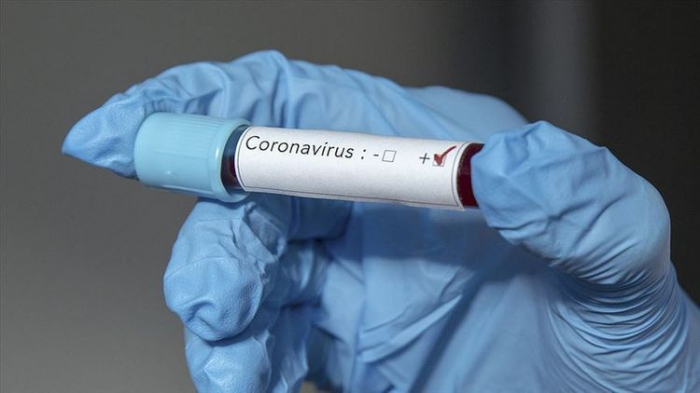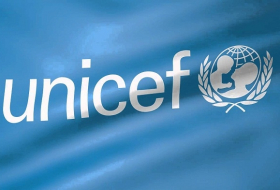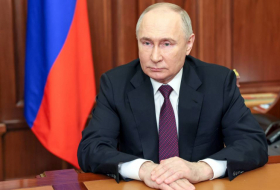In an alternative universe, a new virus emerges in China. The country quickly identifies the pathogen, closes its borders, launches an unprecedented campaign to eradicate the virus, and manages to ensure that very few cases leave the country. The other countries that do report cases – such as South Korea, Taiwan, Hong Kong and Singapore – rapidly identify those who are infected, trace the people they have contacted, isolate the carriers of the virus and contain its spread. Through this three-pronged strategy – test, trace, isolate – eradication is successful. Humanity is saved.
In reality, Sars-CoV-2, the novel coronavirus, escaped the public health interventions of the Chinese government and spread across the world. As other governments fumbled in their early responses, the virus silently rippled through communities, infecting many people and hospitalising and killing some. The virus is remarkably dangerous – it spreads as easily as a cold or flu, even via individuals who don’t have any visible symptoms, and the latest data shows that roughly 5% of people who become infected will require hospitalisation. Among them, 30% will be admitted to ICU. An estimated 0.6-1.4% of those who contract the virus will die.
The world now has more than 1 million confirmed cases of coronavirus. The United States, which has more than 400,000 cases and approaching 13,000 deaths, has overtaken China, where there have been roughly 82,000 cases and 3,000 deaths. Half of all confirmed cases are now in Europe. Low- and middle-income countries are just a few weeks behind. While nations such as Senegal, Liberia and Nigeria have shown themselves aggressively ready to meet this challenge, their governments are constrained by a lack of resources, healthcare and testing capacity. Others, such as Brazil, India and Mexico, seem in denial of what is to come.
We still don’t know what percentage of the world’s population has already been exposed to the virus. Without a reliable antibody test that can identify whether someone has had the virus and are likely to be immune, it’s unclear how many people are carrying the virus but not showing symptoms. The role of children in transmission is also unclear; children are neither immune nor seem to be heavily affected.
So, what now? Based on what I’ve learned from published modelling and other countries’ responses to the virus, there are four possible scenarios for how this might end. One is that governments come together to agree a plan of eradication dependent on a rapid and cheap point-of-care diagnostic. All countries would simultaneously close their borders for an agreed amount of time and mount an aggressive campaign to identify carriers of the virus and prevent transmission.
This approach seems unlikely; the virus has spread aggressively, and some countries have been reticent to cooperate with one another. But it could become more realistic for three reasons: antiviral therapies used to prevent or treat symptoms of Covid-19 may be poor; a vaccine may take decades to produce; and immunity may only be short-term, resulting in multiple waves of infection, even within the same individuals. New Zealand is currently attempting a version of this approach; the country has closed its borders, enforced a lockdown and is rolling out community testing to eradicate the virus.
A second scenario, which seems moderately more likely, is that early vaccine trials are promising. While waiting for the vaccine, countries would try to delay the spread of the virus over the next 12-18 months through intermittent lockdowns. Health authorities would need to anticipate, three weeks in advance, whether there are enough beds, ventilators and staffing to treat those infected. On this basis, governments could decide whether to relax or increase quarantine measures.
But this scenario is far from ideal. Healthcare systems would still be strained, and the economic and social costs of lockdown are high. Repeated lockdowns could lead to mass unemployment, an increase in child poverty and widespread social unrest. In poorer countries, more people could die from the lockdown than from the virus itself: of malnutrition, vaccine-preventable diseases or dehydration from limited access to clean water.
A third and even likelier scenario is that countries follow South Korea’s example while they wait for a vaccine: increase testing to identify all carriers of the virus, trace the people they have contacted, and quarantine them for up to three weeks. This would involve large-scale planning, the swift development of a contact-tracing app, and thousands of volunteers to help with swabbing, processing results and monitoring quarantine. More relaxed physical distancing measures could be enforced to prevent the spread of the virus and ease the pressure on healthcare systems.
In the absence of a viable vaccine for the foreseeable future, a final scenario could involve managing Covid-19 by treating its symptoms rather than its cause. Health workers could administer antiviral therapies that prevent patients from deteriorating to the point where they needed intensive care, or preventing them from dying when they reach a critical phase. An even better solution would be using prophylactic therapy to prevent the onset of Covid-19, in combination with rapid diagnostic testing to identify those who have been infected. In countries with the resources, this could be sustainable – but for poorer countries this approach would be difficult, if not impossible.
There is no easy solution. The months ahead will involve a fragile balancing act between the interests of public health, society and the economy, with governments more reliant on each other than ever before. While half the battle will be in developing the tools to treat the virus – a vaccine, antiviral therapies and rapid diagnostic testing – the other half will be manufacturing enough doses, distributing these in a fair and equitable manner, and ensuring they reach individuals across the world.
Prof Devi Sridhar is chair of global public health at the University of Edinburgh
The Guardian
More about:
















































